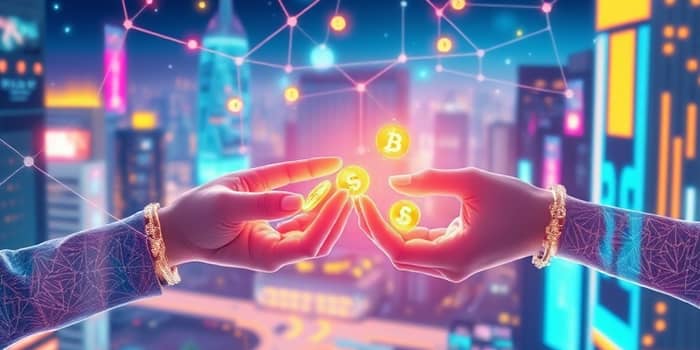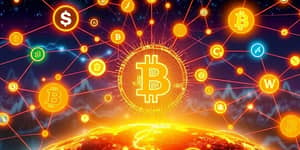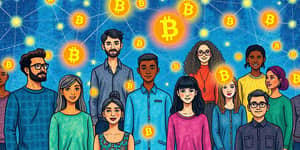
In a rapidly evolving digital era, non-fungible tokens (NFTs) have emerged as a transformative force. By providing truly unique cryptographic tokens, they reimagine how we assert and transfer ownership online.
NFTs, or non-fungible tokens, represent digital certificate of authenticity on a blockchain. Unlike cryptocurrencies that can be exchanged for identical units, each NFT is one-of-a-kind and cannot be replaced.
These tokens encode metadata including the creator’s identity, provenance, and transaction history. They often reference a digital asset such as art, music, or collectibles stored on a decentralized network.
The process of creating an NFT, known as minting, involves publishing the token’s unique identifiers onto a public blockchain. Once recorded, it becomes immutable, providing transparent, secure, and verifiable proof of ownership.
Ownership transfers occur via smart contracts, self-executing protocols that automate the sale, enforce royalty payments, and uphold usage terms without intermediaries. This innovation ensures creators can receive perpetual creator royalty payments every time their work is resold.
While buying an NFT grants you a unique digital token, it does not automatically convey full copyright or broad usage rights. Instead, buyers receive usage permissions defined by the underlying contract, which vary by project.
This distinction highlights why NFTs are more akin to purchasing a physical collectible with specific display or exhibition rights, rather than acquiring unrestricted intellectual property. Understanding these terms is vital to avoid legal misunderstandings and disputes.
The global NFT market has witnessed dramatic shifts. After peaking in 2024, forecasts predict revenues of $608.6 million in 2025, reflecting an industry refining its value proposition and user base.
OpenSea remains the leader in trading volume, boasting over $14.68 billion in cumulative trades. Meanwhile, the gaming sector is on a trajectory to reach $0.54 trillion by 2025, eventually topping $1.08 trillion by 2030.
Demographically, the 18–24 age group leads adoption, representing 14% of active participants. This youthful enthusiasm underscores the importance of verifiable scarcity and traceability in digital assets.
NFTs have introduced innovative opportunities for both creators and collectors:
Collectors also benefit from transparent ownership history and proof of authenticity, transforming the speculative art market into a more accessible ecosystem.
The rise of NFTs has prompted legal scrutiny across jurisdictions. Key considerations include:
Both creators and buyers must navigate an evolving regulatory framework, understanding that compliance obligations differ by region. Professional legal advice and transparent licensing terms are crucial to minimizing potential disputes.
Despite the promise of NFTs, several challenges persist. Centralized hosting of the asset file can pose access risks if servers go offline, creating a potential ownership risks if assets disappear.
Market volatility remains a pressing concern, with steep price swings and speculative bubbles affecting investor confidence. Dramatic growth phases have been followed by dramatic market contractions and price corrections, highlighting the importance of due diligence.
Moreover, widespread misunderstandings about the rights conferred by NFTs can lead to legal tensions and disappointed buyers. Education on smart contract terms and licensing agreements is essential for all participants.
Looking ahead, NFTs are poised to redefine not only digital art but also sectors such as real estate, education, and identity verification. Experiments with tokenizing property deeds could streamline property transactions and reduce fraud.
Brands and entertainment giants are leveraging NFTs for fan engagement, ticketing, and limited-edition merchandise. This fusion of physical and digital experiences promises innovative marketing models and community-building strategies.
As regulatory clarity improves and technology matures, we can anticipate more robust consumer protections and standardized licensing frameworks. The integration of decentralized storage solutions like IPFS will enhance the durability and accessibility of digital assets.
Ultimately, NFTs are more than just a trend; they represent a profound shift in how we conceive, distribute, and verify ownership in the digital realm. By embracing these innovations responsibly, creators and collectors alike can participate in a more equitable and transparent ecosystem.
The future of digital ownership is unfolding now, inviting us to explore new possibilities, safeguard intellectual property, and celebrate the democratization of creative expression through blockchain technology.
References













